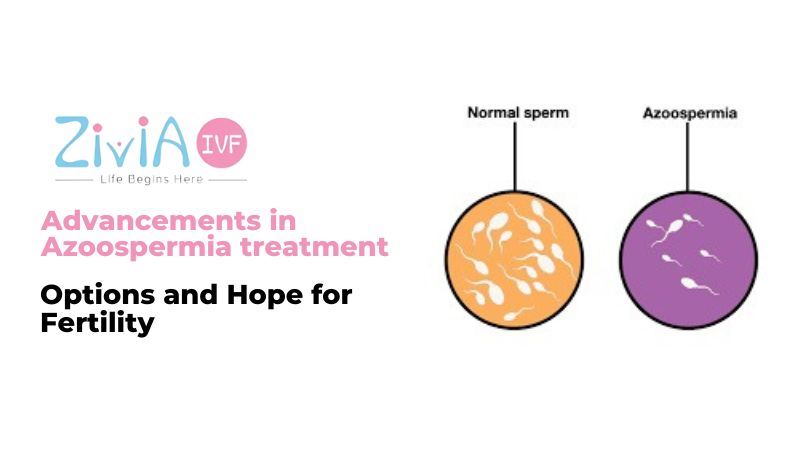
Introduction:
Azoospermia is a medical condition characterized by the absence of sperm in the ejaculate. It can be a source of concern for individuals and couples trying to conceive. However, with advancements in medical science, there are treatment options available to address azoospermia and increase the chances of successful conception.
Also Read: Unveiling the Power of ICSI Treatment: Your Pathway to Parenthood
Types and Causes of Azoospermia:
Azoospermia can be classified into two main types: obstructive azoospermia and non-obstructive azoospermia. Obstructive azoospermia occurs when there is a blockage in the reproductive tract that prevents the release of sperm. Non-obstructive azoospermia, on the other hand, is caused by issues with sperm production within the testes. Various factors can contribute to these conditions, including genetic abnormalities, hormonal imbalances, previous surgeries, infections, and certain medical treatments.
Treatment Options:
1. Surgical Interventions: In cases of obstructive azoospermia, surgical procedures may be performed to remove the blockage and restore the flow of sperm. These procedures can include vasectomy reversal, epididymovasostomy, or vasoepididymostomy.
2. Hormone Therapy: Hormonal imbalances can disrupt sperm production. Hormone replacement therapy or medications can be prescribed to correct these imbalances and stimulate sperm production.
3. Testicular Sperm Extraction (TESE): For non-obstructive azoospermia, where sperm production is impaired, TESE can be performed. This procedure involves extracting a small tissue sample from the testicles and searching for viable sperm within the tissue. The retrieved sperm can be used for assisted reproductive techniques such as in vitro fertilization (IVF) with intracytoplasmic sperm injection (ICSI).
4. Microdissection TESE (Micro-TESE): Micro-TESE is a specialized technique used for non-obstructive azoospermia. It involves using an operating microscope to identify and extract small areas of the testicles with the highest probability of containing viable sperm. This approach aims to maximize the chances of finding usable sperm while minimizing damage to the testicular tissue.
Conclusion:
Azoospermia can be a challenging condition for individuals and couples desiring to have a child. However, advancements in medical treatments offer hope and potential solutions. Treatment options such as surgical interventions, hormone therapy, TESE, and Micro-TESE can help address the underlying causes of azoospermia and improve the chances of successful conception. It is essential for individuals experiencing azoospermia to consult with a fertility specialist who can provide personalized guidance and determine the most suitable treatment approach based on individual circumstances.
FAQ:
Q: What are the causes of azoospermia?
A: Azoospermia can have various causes, including genetic abnormalities, hormonal imbalances, previous surgeries, infections, and certain medical treatments.
Q: What are the treatment options for obstructive azoospermia?
A: Surgical interventions are often used to treat obstructive azoospermia. Procedures such as vasectomy reversal, epididymovasostomy, or vasoepididymostomy can be performed to remove the blockage and restore sperm flow.
Q: How is non-obstructive azoospermia treated?
A: Non-obstructive azoospermia can be treated using techniques like testicular sperm extraction (TESE) and microdissection TESE (Micro-TESE). These procedures involve extracting small tissue samples from the testicles to retrieve viable sperm, which can then be used in assisted reproductive techniques such as in vitro fertilization (IVF) with intracytoplasmic sperm injection (ICSI).
Q: Can hormone therapy help in treating azoospermia?
A: Yes, hormone therapy can be used to treat azoospermia caused by hormonal imbalances. Hormone replacement therapy or medications can be prescribed to correct these imbalances and stimulate sperm production.
